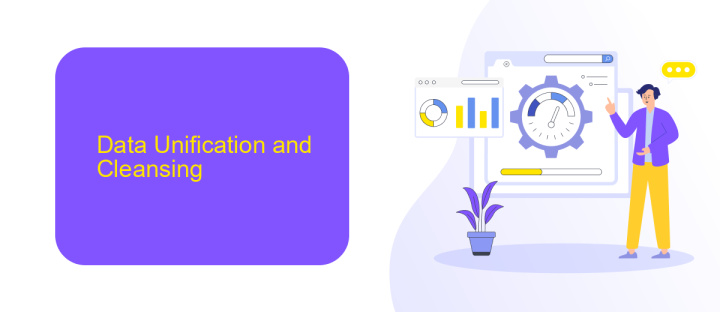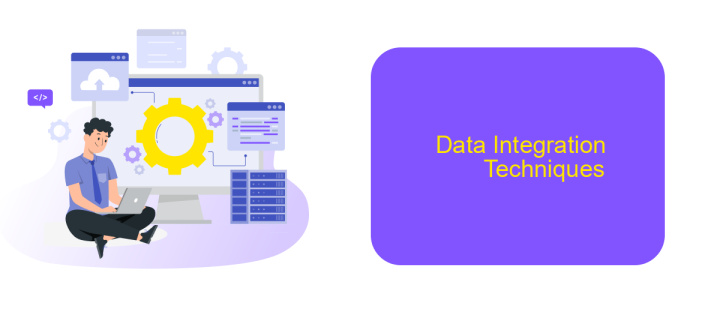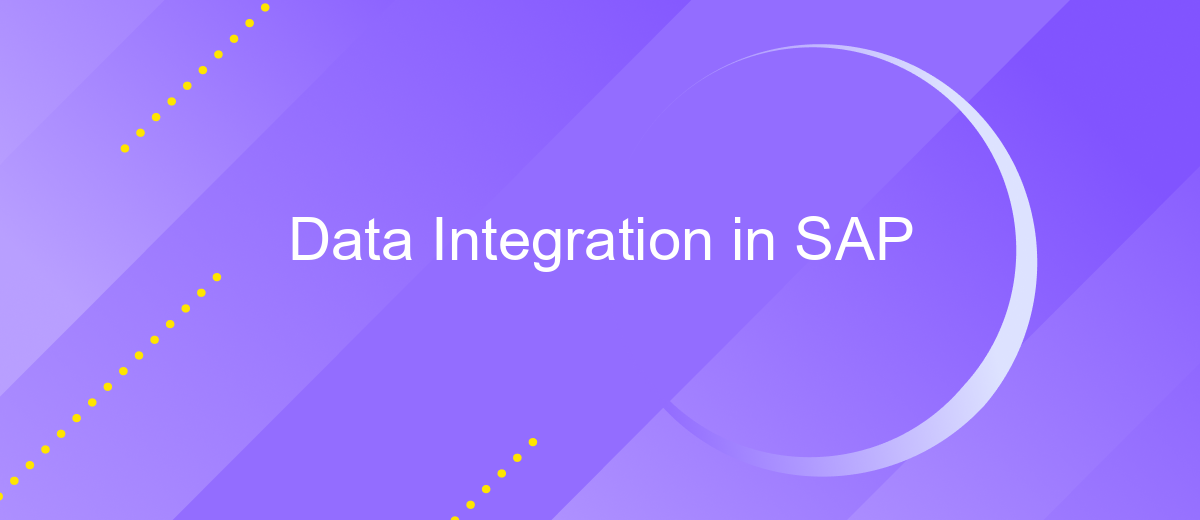Data Integration in SAP
Data integration in SAP is a crucial aspect for businesses aiming to streamline their operations and enhance data accuracy. By consolidating information from various sources into a unified system, SAP ensures seamless data flow and real-time insights. This article explores the key methods and benefits of data integration in SAP, highlighting its role in driving efficient and informed decision-making processes.
Introduction
Data integration in SAP is a critical component for organizations aiming to streamline their business processes and improve data consistency across various systems. By leveraging data integration, companies can ensure seamless communication between SAP and other applications, leading to enhanced operational efficiency and better decision-making.
- Improved data accuracy and consistency
- Enhanced operational efficiency
- Real-time data access and reporting
- Reduced manual data entry and errors
One of the tools that can facilitate effective data integration with SAP is ApiX-Drive. This service allows for the automation of data transfer between SAP and other applications without the need for extensive coding. By using ApiX-Drive, businesses can quickly set up integrations, ensuring that data flows seamlessly across their systems, thus saving time and reducing the risk of errors.
Data Unification and Cleansing

Data unification and cleansing are critical steps in SAP data integration to ensure consistency and accuracy. Unification involves merging data from various sources into a single, coherent dataset, eliminating redundancies and discrepancies. This process helps in creating a unified view of data, which is essential for accurate reporting and analysis. Cleansing, on the other hand, involves identifying and correcting errors, inconsistencies, and inaccuracies in the data. This ensures that the data is reliable and can be used confidently for decision-making processes.
Tools like ApiX-Drive can significantly streamline the data unification and cleansing processes. ApiX-Drive enables seamless integration of diverse data sources, automating data transfer and synchronization. It also offers functionalities to transform and clean data, ensuring it meets the required standards before being integrated into SAP systems. By leveraging such tools, organizations can enhance data quality, reduce manual efforts, and improve overall efficiency in their data management practices.
Data Enrichment

Data enrichment in SAP involves enhancing raw data with additional context, making it more valuable for analysis and decision-making. This process can significantly improve the quality of data and, consequently, the insights derived from it.
- Identify the data sources that need enrichment.
- Use tools like ApiX-Drive to integrate and automate data flow between systems.
- Apply data transformation techniques to add meaningful context.
- Validate the enriched data to ensure accuracy and relevance.
- Load the enriched data back into SAP for further use.
By leveraging services like ApiX-Drive, organizations can streamline the data enrichment process, ensuring seamless integration and automation. This not only saves time but also reduces the risk of errors, leading to more reliable and actionable data insights within SAP.
Data Integration Techniques

Data integration in SAP involves combining data from various sources to provide a unified view. This process is crucial for businesses that rely on multiple systems to manage their operations. Effective data integration ensures that information is consistent, accurate, and accessible across the organization.
There are several techniques for achieving data integration in SAP. These techniques can be categorized based on their approach and the tools they utilize. Choosing the right technique depends on the specific needs and existing infrastructure of the organization.
- ETL (Extract, Transform, Load)
- Data Replication
- Data Virtualization
- API Integration
One of the popular services for API integration is ApiX-Drive. It simplifies the process of connecting various applications and automating data transfer between them. By leveraging such tools, businesses can streamline their data integration processes, reduce manual efforts, and ensure data consistency across all platforms.
- Automate the work of an online store or landing
- Empower through integration
- Don't spend money on programmers and integrators
- Save time by automating routine tasks
Benefits of Data Integration
Data integration in SAP provides a unified view of information across various systems, enhancing decision-making processes and operational efficiency. By seamlessly connecting disparate data sources, organizations can eliminate data silos, ensuring that all departments have access to consistent and accurate information. This leads to improved collaboration and more informed strategic planning, as every team can rely on the same set of data for their analysis and reporting needs.
Implementing data integration also reduces the time and effort required to manage data manually, thereby minimizing errors and increasing productivity. Tools like ApiX-Drive can facilitate this process by automating data transfers between different platforms, making it easier to set up and maintain integrations without extensive technical expertise. As a result, businesses can focus more on leveraging their data for growth rather than getting bogged down by the complexities of data management.
FAQ
What is Data Integration in SAP?
How can I integrate non-SAP systems with SAP?
What are the common challenges in SAP Data Integration?
How does ApiX-Drive help with SAP Data Integration?
Why is real-time data integration important in SAP?
Time is the most valuable resource for business today. Almost half of it is wasted on routine tasks. Your employees are constantly forced to perform monotonous tasks that are difficult to classify as important and specialized. You can leave everything as it is by hiring additional employees, or you can automate most of the business processes using the ApiX-Drive online connector to get rid of unnecessary time and money expenses once and for all. The choice is yours!


